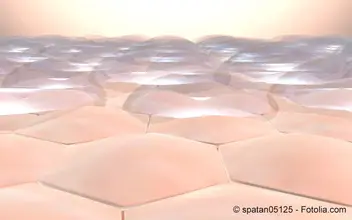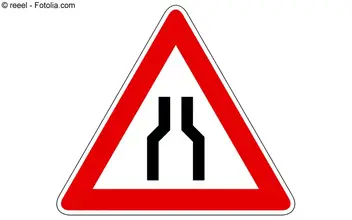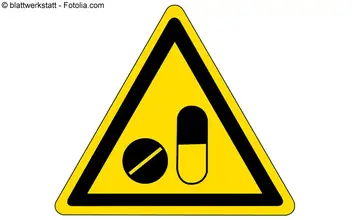Photodynamische Therapie der Aktinischen Keratose
Aktinische Keratosen gelten als potentielle Präkanzerosen des „hellen Hautkrebses“. Zur Entfernung hat sich die photodynamische Therapie mit Tageslicht (DL-PDT) etabliert. Diese ist sicher, schmerzarm und meist in einer Sitzung durchführbar.

Liebe Leserin, lieber Leser,
der Inhalt dieses Artikels ist nur für medizinische Fachkreise zugelassen. Wenn Sie zu diesen Fachkreisen gehören, melden Sie sich bitte auf unserer Seite an. Sie werden dann automatisch auf die gewünschte Seite weitergeleitet.
Professor Dr. Peter Arne Gerber, Veranstaltung: „Chronisch lichtgeschädigte Haut“, Vortrag „Daylight-PDT bei multiplen Aktinischen Keratosen“, 14.04.2018, Hautklinik Düsseldorf und Vortrag „Akne, Rosazea, heller Hautkrebs – Highlights für die Praxis“, DDG kompakt & praxisnah, Stuttgart, 02.03.2018
- Philipp-Dormston et al. (2015): MAL‐PDT mit Tageslicht – Aktuelle Datenlage und praxisorientierte Empfehlungen eines Expertentreffens. Journal der Deutschen Dermatologischen Gesellschaft, DOI: https://doi.org/10.1111/ddg.90_12807
- Rubel et al. (2014): Daylight photodynamic therapy with methyl aminolevulinate cream as a convenient, similarly effective, nearly painless alternative to conventional photodynamic therapy in actinic keratosis treatment: a randomized controlled trial. British Journal of Dermatology, DOI: https://doi.org/10.1111/bjd.13138
- Lacour et al. (2015): Daylight photodynamic therapy with methyl aminolevulinate cream is effective and nearly painless in treating actinic keratoses: a randomised, investigator‐blinded, controlled, phase III study throughout Europe. Journal of the European Academy of Dermatology and Venereology, DOI: https://doi.org/10.1111/jdv.13228
- Fargnoli et al. (2015): Conventional vs. daylight methyl aminolevulinate photodynamic therapy for actinic keratosis of the face and scalp: an intra‐patient, prospective, comparison study in Italy. Journal of the European Academy of Dermatology and Venereology, DOI: https://doi.org/10.1111/jdv.13076
- Fai et al. (2016): Daylight photodynamic therapy with methyl aminolaevulinate in patients with actinic keratoses: a preliminary experience in Southern Italy. Giornale Italiano di Dermatologie e Venereologia, 151(2):154-159
- Grinblat et al. (2016): Daylight‐mediated photodynamic therapy for actinic damage in Latin America: consensus recommendations. Photodermatology, Photoimmunology & Photomedicine, DOI: https://doi.org/10.1111/phpp.12221
- Sotiriou et al. (2017): Conventional vs. daylight photodynamic therapy for patients with actinic keratosis on face and scalp: 12‐month follow‐up results of a randomized, intra‐individual comparative analysis. Journal of the European Academy of Dermatology and Venereology, DOI: https://doi.org/10.1111/jdv.14613
- Cantisani et al. (2015): Daylight-Photodynamic Therapy for the Treatment of Actinic Keratosis in Different Seasons. Journal of Drugs in Dermatology, 14(11):1349-1353
- Wiegell et al. (2016): Is the thin layer of methyl aminolevulinate used during photodynamic therapy sufficient? Photodermatology, Photoimmunology & Photomedicine, DOI: https://doi.org/10.1111/phpp.12227
- Osman-Ponchet et al. (2017): Lack of effect of selected sunscreens applied on ex vivo human skin for 5-methyl-aminolevulinic acid penetration and protoporphyrin IX photoactivation. Photodiagnosis and Photodynamic Therapy, DOI: https://doi.org/10.1016/j.pdpdt.2016.11.012
- Genovese et al. (2016): Daylight methyl‐aminolevulinate photodynamic therapy versus ingenol mebutate for the treatment of actinic keratoses: an intraindividual comparative analysis. Dermatologic Therapy, DOI: https://doi.org/10.1111/dth.12334
Anzeige










